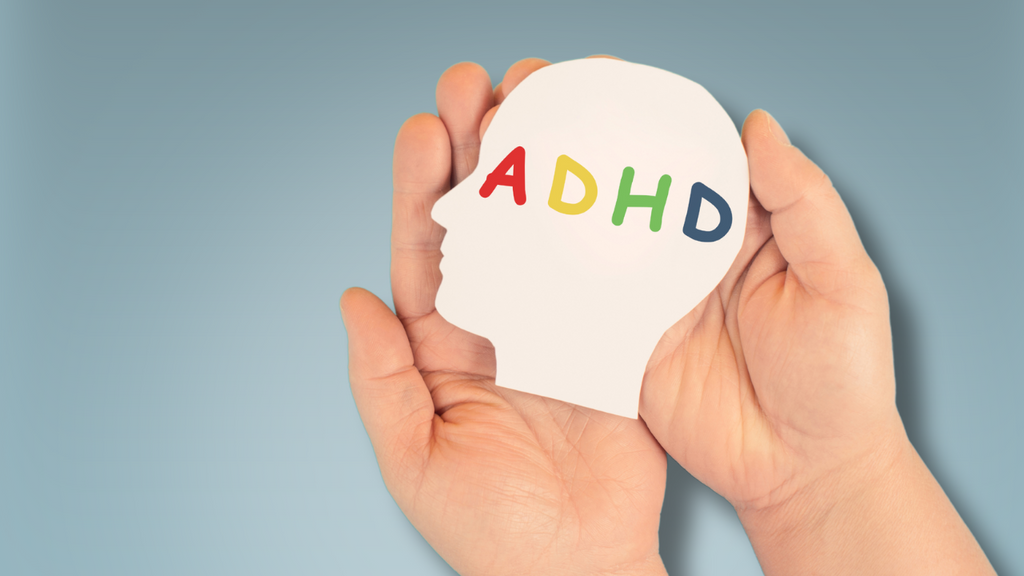Connection Between Bedwetting, ADHD, and Autism in Children

When it comes to children on the autism spectrum or those with ADHD, addressing bedwetting requires a nuanced approach. Contrary to misconceptions, children with autism are not inherently more prone to bedwetting.
However, we discovered a unique connection between children on the spectrum, those with ADHD, and the potential effectiveness of alarm therapy.
In this blog, let’s talk about the intricate relationship between bedwetting, ADHD, and autism, exploring how the challenge and excitement of incorporating a bedwetting alarm system can positively impact these children.
The Interplay of Autism, ADHD, and Bedwetting
1.Children on the Spectrum and Bedwetting
Children on the autism spectrum often respond positively to the challenge and excitement posed by a new type of machinery in their home. While bedwetting is not more prevalent in these children, their unique characteristics may influence the effectiveness of bedwetting alarm therapy.
2. ADHD and Bedwetting
Children with Attention Deficit Hyperactivity Disorder (ADHD) may face specific challenges related to bedwetting. The impulsive nature of ADHD can affect a child's ability to wake up promptly when they feel the urge to use the toilet during the night.
The structured and engaging nature of alarm therapy can address these challenges by providing a clear routine and promoting a sense of accomplishment.

Key Considerations for Alarm Therapy
Before starting alarm therapy, parents must consider several factors that may impact its effectiveness, especially when dealing with the interplay of autism, ADHD, and bedwetting.
1. Willingness of your child to be dry at night.
Assessing your child's readiness and desire to achieve dry nights is essential. Collaborate with your child to foster motivation and a sense of ownership in the process.
2. Cognitive ability to navigate the dark alone.
Children with ADHD may struggle with impulsivity, and assessing their cognitive abilities is crucial. Offering appropriate support, such as creating a well-lit pathway to the toilet, can enhance the success of alarm therapy.
3. Noise aversion.
Sensory sensitivities, common in both autism and ADHD, should be taken into account when choosing a bedwetting alarm. Opting for a device with adjustable volume settings accommodates children's unique sensory preferences.
4. Sensory issues and night pants.
Understanding your child's sensory sensitivities is vital, especially in the context of ADHD. The discomfort associated with wet night pants can motivate children on the spectrum to embrace alarm therapy.
The Positive Impact Bedwetting Alarm
Implementing a bedwetting alarm system can have a positive impact on children with ADHD. The structured routine helps address impulsivity issues, providing a clear framework for managing nighttime tasks.
The excitement of the challenge aligns well with the characteristics often associated with ADHD, turning the therapy into an engaging and rewarding experience.
While bedwetting is not exclusive to children with autism or ADHD, the interplay of these conditions can influence the effectiveness of bedwetting alarm therapy. The challenge and excitement of incorporating a new type of device into the home can make alarm therapy particularly engaging for these children.
By carefully considering each child's needs and preferences, parents can navigate the unique challenges associated with autism, ADHD, and bedwetting, fostering a positive sense of accomplishment and empowering their children on the path to dry nights.




